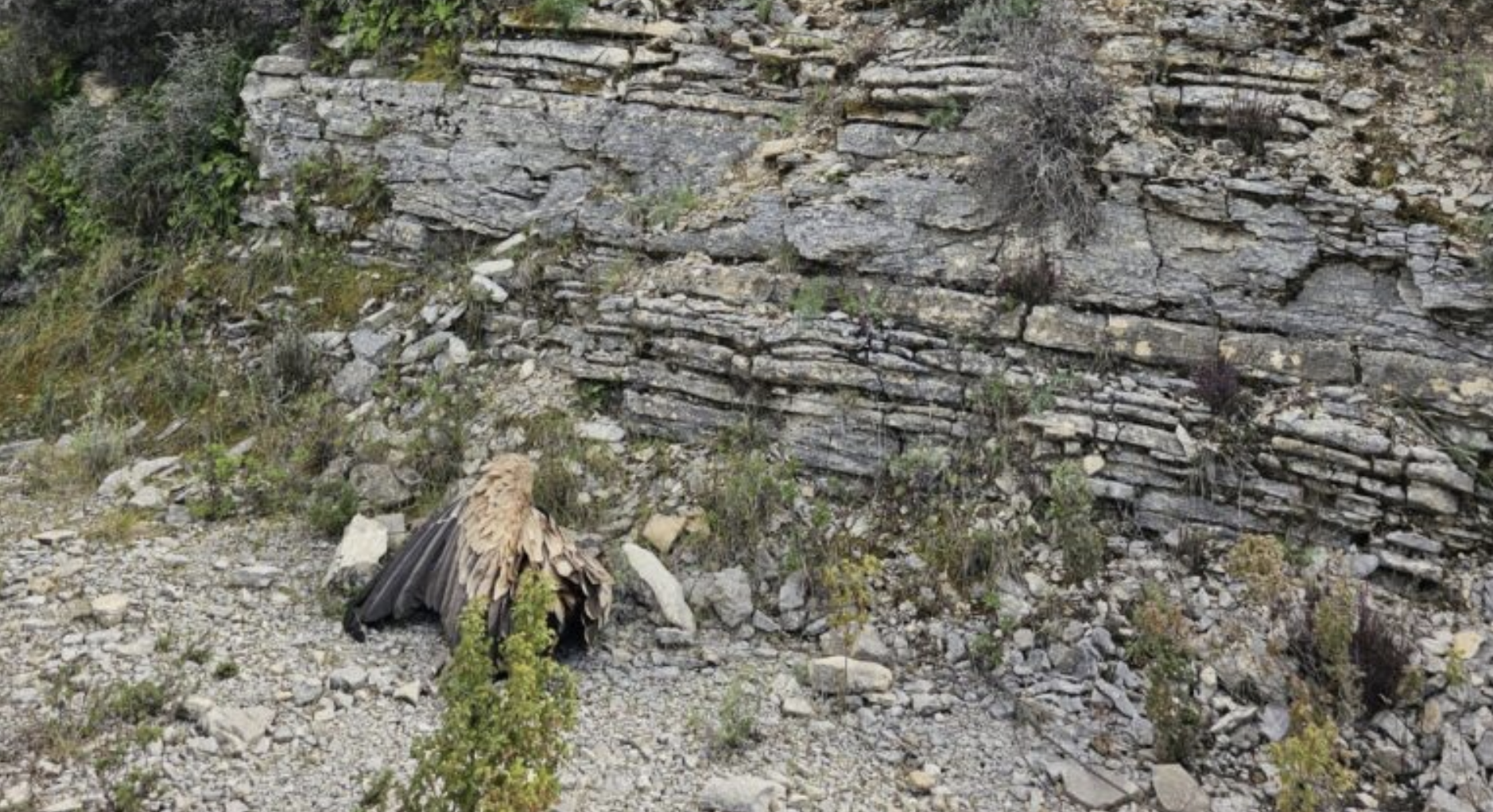The Griffon Vulture (Gyps fulvus) population in Croatia reached a record number of breeding pairs in 2024. This year’s monitoring in the Kvarner region, a stronghold for this locally endangered species, has confirmed an unprecedented 152 nesting pairs—a significant increase from the previous estimate of around 130 pairs. This achievement, the highest recorded in the 21st century, marks a critical milestone in the ongoing efforts to protect and restore Croatia’s last remaining vulture species.

Restoring Croatia’s wildlife
The Griffon Vulture once widespread across Croatia, now finds its primary habitat on the Kvarner Islands, where it has been confined since the late 20th century. Unlike the Cinereous Vulture (Aegypius monachus) and the Egyptian Vulture (Neophron percnopterus), both of which became extinct in Croatia during the last century, the Griffon Vulture has managed to survive thanks to targeted conservation efforts. These magnificent birds, which play a vital role in the ecosystem by feeding on dead animals, are now experiencing a resurgence, much to the delight of conservationists and locals alike.
Challenges and conservation efforts
Despite the good news, the Griffon Vultures’ survival continues to face several challenges. The decline in livestock farming, which has reduced the availability of natural food sources like sheep carcasses, and unintentional poisoning from baits set for predators have long posed threats to their existence. However, coordinated efforts, such as the establishment of feeding stations on the islands of Cres and Mount Učka, have mitigated these issues. These feeding grounds, managed by the County Public Institution “Priroda” and Učka Nature Park, ensure that the vultures have a stable food supply.
The LIFE SUPport project, co-financed by the European Union’s LIFE programme, has been instrumental in this success.
“The recently conducted monitoring of active nests as part of the LIFE SUPport project showed that the conservation measures that have been implemented for the past few years with the aim of recovering the Griffon Vulture population continued to give good results, and we expect that this new positive trend will continue in the future.”
-Dubravko Dender, Project Manager, Biom

Connecting Croatia’s vultures with Europe
One of the long-term goals of the LIFE SUPport project is to reconnect Croatia’s vulture population with other populations in Europe, particularly in the Alps and the Balkans. By targeting the main threats—disturbances during nesting, food shortages, poisoning, and electrocution on power lines—the project aims to facilitate the re-population of vultures in their historical breeding areas on the mainland. This would not only strengthen the species’ resilience in Croatia but also enhance its genetic diversity across Europe.
A bright future for Griffon Vultures in Croatia
The record number of nesting Griffon Vulture pairs in 2024 is a testament to the power of sustained conservation efforts and community involvement. As Croatia continues to prioritise the protection of these magnificent birds, the future of the Griffon Vulture population looks promising. With ongoing support from local stakeholders, partners and conservationists, these majestic birds are not only surviving but thriving, securing their place in Croatia’s natural heritage for generations to come.

About LIFE SUPport
The LIFE SUPport aims to strengthen Croatia’s endangered Griffon Vulture (Gyps fulvus) population. A 5-year project co-financed by the European Union’s LIFE Programme will create better conditions for the species to thrive and recolonise its historical breeding ground on the Croatian mainland. The project aims to improve breeding and survival conditions, minimise nest disturbance, reduce nestling mortality, tackle the threat of poison, mitigate collision and electrocution risks, and increase food availability.

The LIFE SUPport is a 2.1 million project from January 2023 until December 2027. A joint effort led by BIOM with Public Institution Priroda, Otok Krk Agricultural Cooperative, HEP – Operator distribucijskog sustava d.o.o., the energy distribution company, the Vulture Conservation Foundation and the Croatian Nature Protection Directorate (Ministry of Economy) as associate partners.




